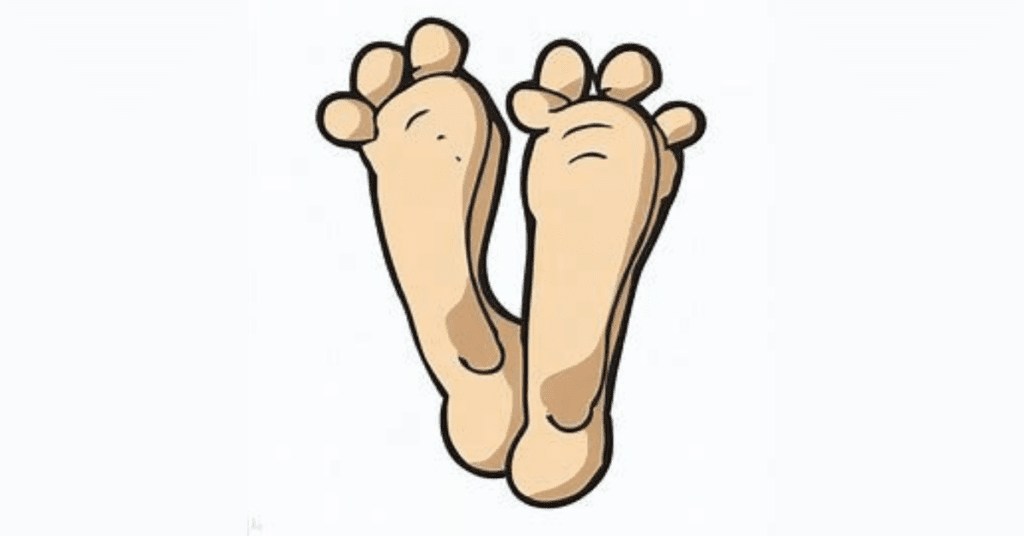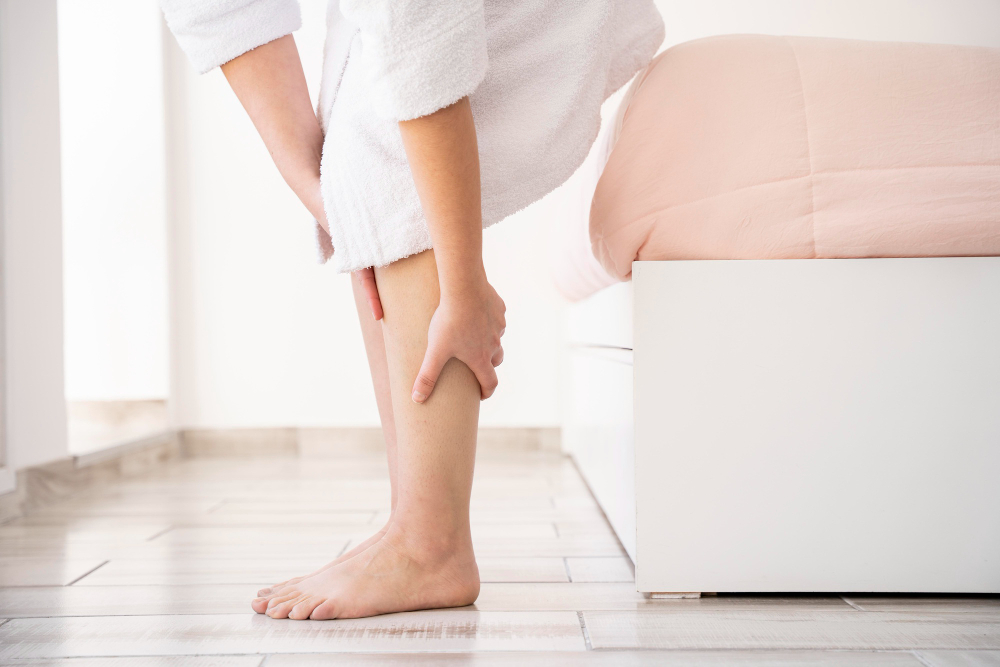Reach WeTreatFeet Podiatry? This is this #1 way to do it!
Reaching WeTreatFeet Podiatry WeTreatFeet Podiatry is dedicated to providing exceptional foot and ankle care to patients in the Maryland, Pennsylvania, and Washington DC areas. Whether you’re experiencing heel pain, have a nagging bunion, or simply want to maintain healthy feet, our team of podiatrists can help. But with busy schedules, it’s important to know the […]
WeTreatFeet Podiatry celebrates Minority Mental Health Awareness Month in July 2023

Awareness of Mental Health Introduction In July 2023, WeTreatFeet Podiatry, a leading healthcare provider, joins the nationwide effort in recognizing and celebrating Minority Mental Health Awareness Month. This annual observance aims to raise awareness about the mental health challenges faced by minority communities and promote accessible, culturally sensitive mental health care. WeTreatFeet Podiatry is committed […]
Unveiling the Wonders of Feet: Fascinating Foot Facts, Arch Mysteries, and Beyond

Weird Wonderful World of Feet Unveiling the Wonders of Feet: Fascinating Foot Facts, Arch Mysteries, and Beyond Feet, the unsung heroes of our daily lives, deserve recognition for their remarkable abilities and intriguing characteristics. At WeTreatFeet Podiatry, we believe in sharing valuable knowledge about feet to foster a deeper understanding of their wonders. Join us […]
Protect Your Feet: Understanding the Connection between Podiatry and Skin Cancers

As the summer months approach, it’s important to take care of your feet and protect them from harmful UV rays. Many people don’t realize that skin cancer can occur on the feet, making it crucial to pay attention to foot health and visit a podiatrist regularly. In this post, we’ll explore the connection between podiatry […]
VIDEO: Dr. Daniels’ patient recalls limb-saving treatment provided by We Treat Feet

In Northwest Hospital’s Gala video, a patient of We Treat Feet’s Dr. Mike Daniels recalls the procedure that ended up saving him his foot. The patient had a very serious condition which combined with his diabetes would have required amputation for most patients without the aggressive treatment provided by Dr. Daniels and his colleagues at […]
Report: Supreme Court Issues Ruling on Affordable Care Act Subsidies

The Supreme Court today voted to uphold the previous IRS ruling that the Affordable Care Act allows for tax subsidies in the 34 states that use federally funded health-care exchanges. The 6-3 decision preserves health-care coverage for millions of Americans who enrolled for health care on the federal exchange.
